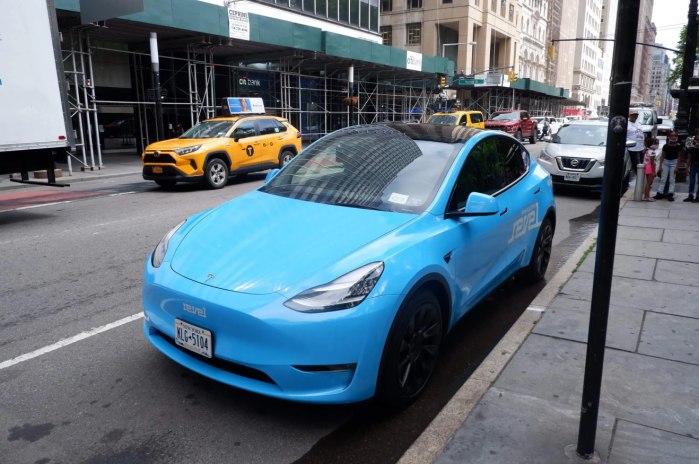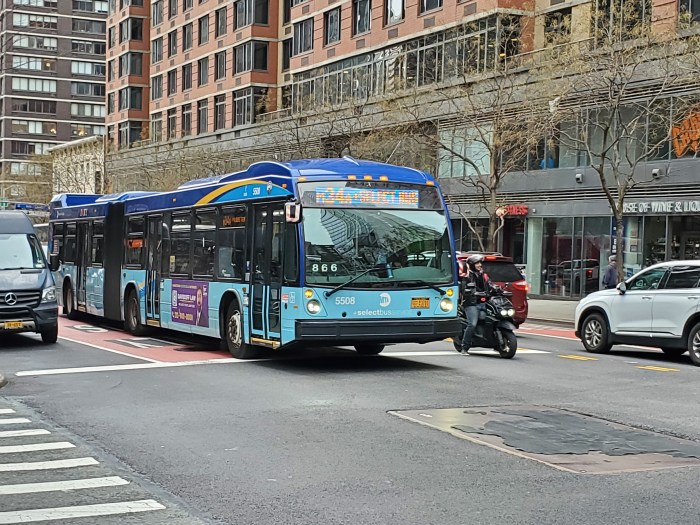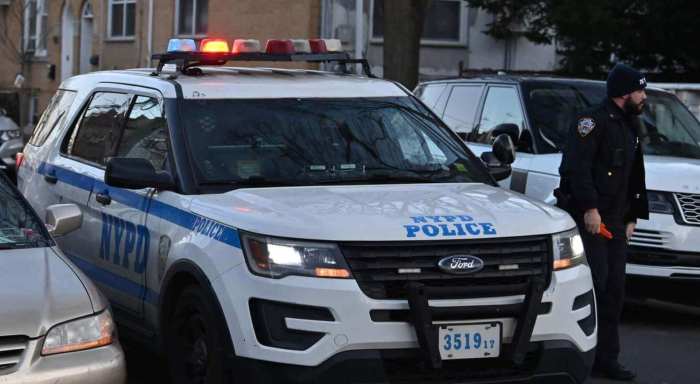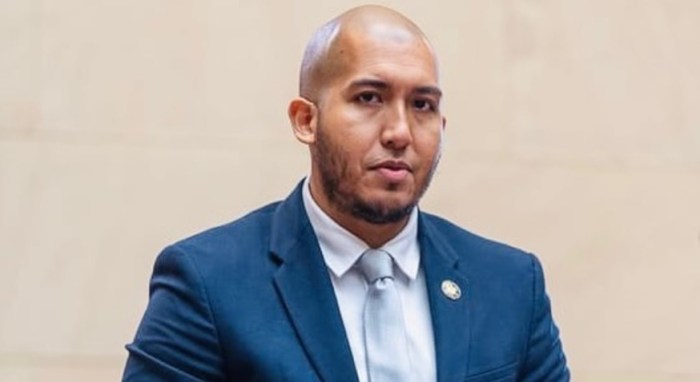
Gov. Andrew Cuomo and the MTA’s transit chief appear out of step on how to modernize the city’s subway system.
The two seem at odds over new subway signal technology — the centerpiece of NYC Transit President Andy Byford’s highly regarded Fast Forward plan to improve subway, bus and accessibility services. Byford’s plan hinges on the installation of common modern signal technology that Cuomo on Thursday derided in front of business leaders as out of date.
“Vendors are installing technology they designed in the ’80s. I believe there is better technology out there,” Cuomo said at a Cipriani’s luncheon hosted by the Association for a Better New York. “If you can figure out how a car can fly and you can get in a car that drives you by itself to Southampton, you have to be able to have technology where one train can tell you where the other train is on a closed system.”
Just a day earlier Byford described the same signal equipment, known as Communications-Based Train Control, as “proven” and “mature.” The subway’s signal system is essentially the traffic lights of the subway and helps determine how frequently trains can run, which directly impacts subway capacity.
Cuomo seemed to be leaning more heavily toward an unproven technology called Ultra-Wdeband Radio, in the hopes that it could be used instead of CBTC to bring about signal modernization more quickly and without the significant service disruptions otherwise needed for an upgrade.
The MTA is preparing to test out Ultra-Wideband Radio, or UWB, this fall. In theory Ultra-Wideband Radio would allow the agency to directly locate trains on their tracks, which would facilitate more trains running more closely together on each subway line. The tech would also have the added benefit of allowing commuters to use cellphones inside subway tunnels.
“My only point has been that we shouldn’t blight ourselves in the hopes that UWB does prove to be as great as we think it will be,” said Byford on Wednesday, adding he felt both he and the governor were “on exactly the same page.”
“In the meantime I am pushing on with CBTC,” Byford said. “CBTC is a proven mature product. It is being installed over all the world by very high quality metro systems. If UWB proves to be what we think it is and it’s complementary to CBTC, we can do this re-signaling even more quickly, even more cost effectively and less intrusively.”
MTA Chairman Pat Foye, who attended the ABNY luncheon, said he didn’t see any daylight between the Byford and Cuomo.
“I think what the governor is doing is pushing new technologies … Andy Byford and the MTA are committed to combining CBTC and Ultra-Wideband as soon as we can,” Foye told reporters afterward.
“Right now the issue is how it can be integrated; how quickly can it be done; can it be done safely and Ultra-Wideband has vast potential,” Foye said. “It’s a very exciting technology.”
The governor’s office also issued a statement Wednesday evening in an effort to clarify Cuomo’s comments:
"We are always looking to do things better faster and more efficiently because that’s what riders demand and deserve, and Andy and the MTA are in lockstep with that goal," a spokesperson said in a statement.

















